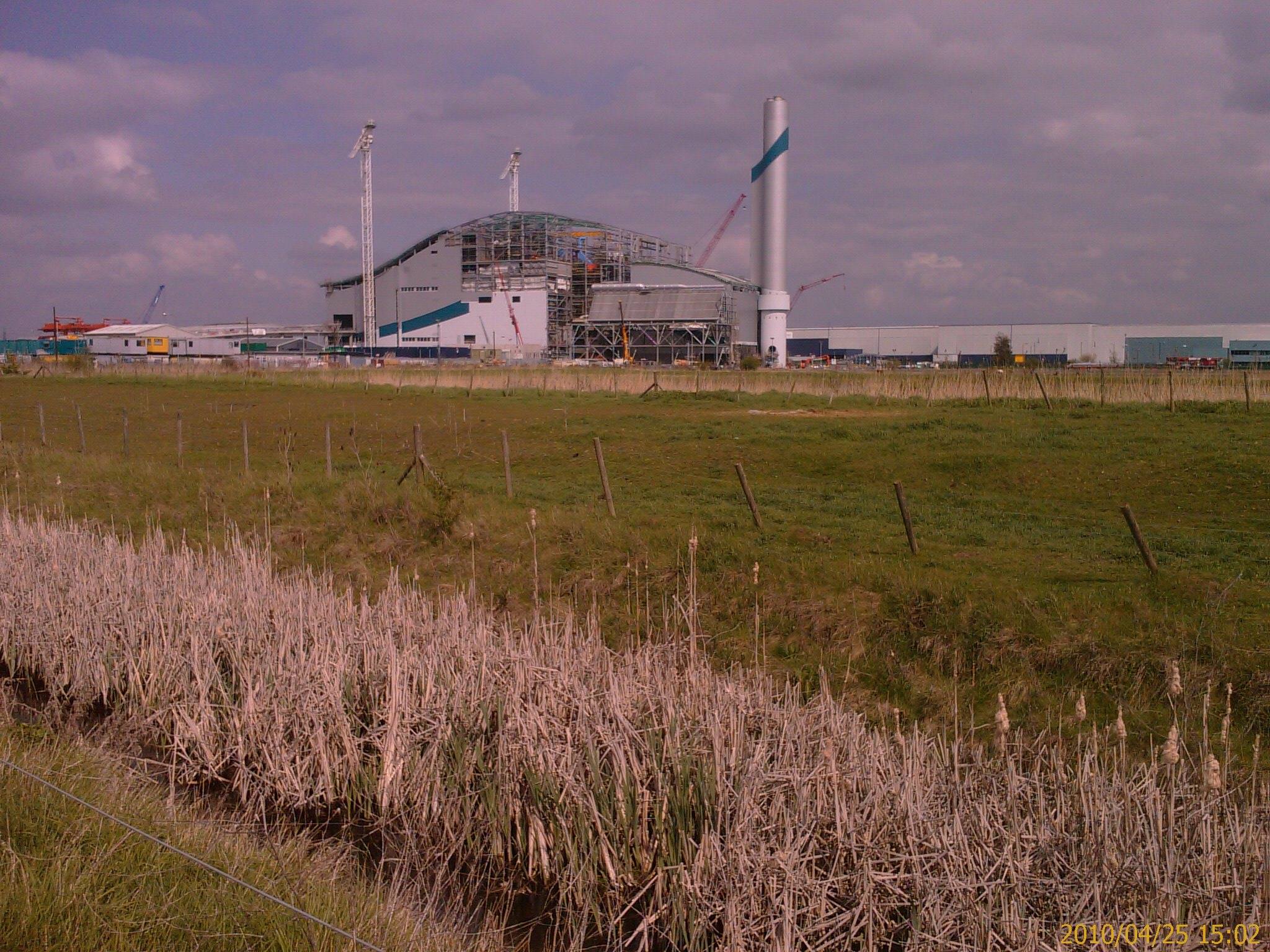A public inquiry into a second waste incinerator on Erith Marshes in Belvedere is imminent.
GLA PRESS RELEASE 21/5/19 ‘Stop allowing new toxic waste incinerators in London’ Mayor tells ministers
· Sadiq: Another polluting plant ‘the last thing we need’
· Capital currently has three incinerators – with two more set to open
The Mayor of London, Sadiq Khan today called on the Government to stop permitting the building of ‘archaic’ polluting waste incinerators as he outlined his opposition to a proposed incinerator in Bexley, which is set to raise harmful NOx pollution levels. Sadiq strongly believes that burning waste in incinerators worsens London’s already toxic air quality and hinders boroughs from reaching recycling and waste reduction targets. London has the highest incineration rate (54 per cent) in the UK for management of local authority waste, yet the lowest recycling rate (30 per cent).
The focus must be on reducing waste, particularly plastic, and protecting residents from pollution. The Mayor is encouraging boroughs to help residents to recycle food, and stop buying needless plastic bottled water, which should help to reduce landfill and mean that only truly unrecyclable waste (e.g disposable nappies and composite packaging materials that combine card, plastic and foils which cannot be separated) would need to be incinerated.
There are already three incinerators in the capital – Bexley (in the same location as the proposed site), Enfield and Lewisham. Another is being built in Sutton and is due to open this year, while a further plant has been approved for development in Enfield, both of which were approved by ministers during the previous mayor’s terms.
City Hall has heard from worried Bexley residents and MPs who strongly oppose the plans and are concerned about the impact on the local area. The plant would emit more than four times as much harmful NOx as the existing local incinerator and the Crossness sewage plant combined. It could also emit arsenic, nickel and other metals that could damage the health of residents and workers both nearby and across the river.
The Mayor has reviewed the application by waste management company Cory and disputes claims that the incinerator will generate low-carbon heat and power and meet his minimum CO2 requirement for energy from waste facilities, which aims to reduce carbon emissions and help tackle London’s climate emergency. There is also insufficient evidence to make the case that there are enough homes and buildings nearby that could use heat generated from the new incinerator. The existing incinerator facility (Riverside Resource Recovery Facility) on the site has demonstrated more than enough capacity to supply sufficient heat for existing and proposed homes and workplaces in the surrounding area.
The Mayor does not have powers to stop the incinerator because final approval for the facility lies with the government. The Mayor is a statutory consultee and will oppose this application through representations made to the Planning Inspectorate, which will make a recommendation on the application to the Government. Today he outlined his opposition in a report to Secretary of State for Business, Greg Clark.
The Mayor of London, Sadiq Khan said: “London’s air is a toxic air health crisis and the last thing we need, in our modern green global city is another harmful waste-burning incinerator polluting our city. Emissions from incinerators are bad for our health, bad for our environment and bad for our planet. Instead of granting permission for an unnecessary new incinerator that will raise pollution levels in the boroughs of Bexley and Havering, the Government should focus on boosting recycling rates, reducing the scourge of plastic waste and tackling our lethal air. I am urging ministers to reject this proposal.“
ENDS Notes to editors
• The Mayor’s policies focus on significantly reducing waste and achieving 65% recycling municipal waste by 2030. Approving another EFW incinerator would jeopardise achievement of these goals.
• City Hall modelling shows that with existing and recently permitted incinerators, London has enough incineration capacity and does not need another incinerator like this to manage London’s non-recycled waste if the Mayor’s waste reduction and recycling targets are met. It would impact on achieving the Mayor’s reduction and recycling targets set out in his London Environment Strategy.
• DEFRA in its Resources and Waste Strategy have also said that additional energy from waste infrastructure may not necessary be required if the Government’s recycling and landfill reduction targets are met. Government are also considering a incineration tax if their polices for cutting waste and increasing recycling are not effective
• Waste incinerators are well regulated by the Environment Agency, who will set emission limits based on the current best available techniques for emission reduction. However this does not mean that there are no impacts on pollution and people’s health. The health impact of any pollution source depends on where it is, how much pollution there already is in the area and how many people live within the pollutant “plume”.
• The development consent order for the proposed incinerator includes the applicants assessment of impacts on local air quality as part of their environmental assessment.
• For many pollutants, such as NO2, the health impacts are independent of the type of source: NO2 from an energy from waste plant is just as harmful as from a diesel car. There is, however, a growing body of evidence that the impacts of particulates may be influenced by the source and composition of the particles.
• The evidence on the health impacts of Energy from Waste plant is continually evolving. The GLA has commissioned a review of the current available evidence on the local impacts of Energy from Waste on people’s health in London so that we can fully understand the problem and Public Health England are working with Imperial College London to research the impacts of waste incineration across the UK.

